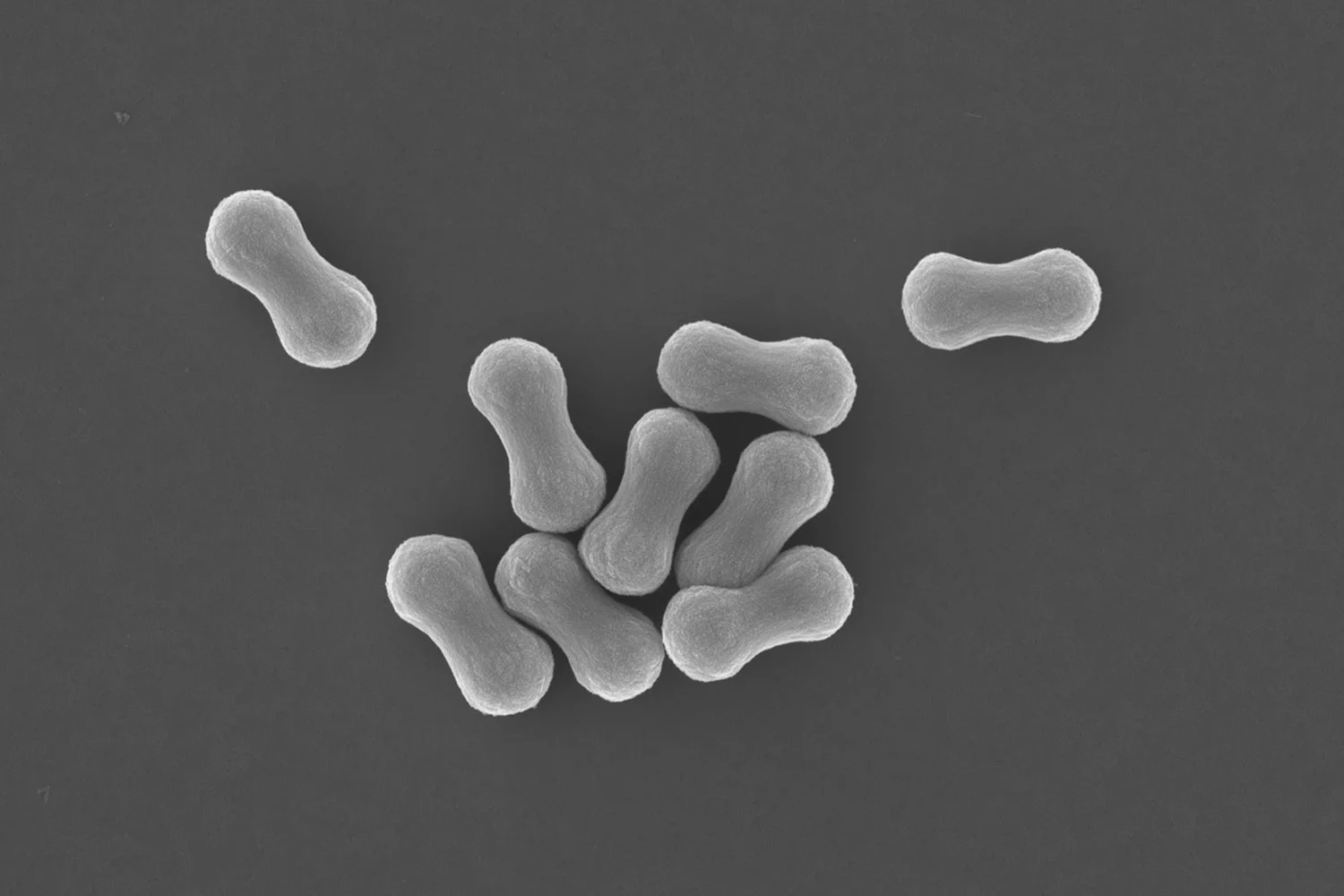
BONLAB BLOG
Thoughts
&
Scientific Fiction
Corinna Preuss awarded Newton International Fellowship
Dr Corinna Preuss has been awarded a Newton International Fellowship to conduct research at the University of Warwick’s Department of Chemistry.
Corinna Preuss
Jointly run by The British Academy, The Academy of Medical Sciences and the Royal Society, the Fellowship is for non-UK scientists who are at an early stage of their research career and provides the opportunity for the best early stage post-doctoral researchers from all over the world to work at UK research institutions for a period of two years.
Speaking after being awarded the Fellowship Dr Preuss said:
“I’m very honoured and delighted to be awarded the Newton International Fellowship. Not only will it support my personal development but is also emphasises the novelty and importance of our proposed research project.”
Dr Preuss will work as part of a team led by Professor Stefan Bon to mimic the motional behaviour of zooplankton by fabricating artificial jelly-objects that have the capability to transform shape, swim, and – as an additional feature – release payloads. Dr Preuss says these hydrogel objects will have these three pre-programmed functions “which can be triggered on demand in a controlled fashion”. For this purpose, recent scientific advances in polymer and colloid chemistry will be merged with soft matter physics and robotics in order to create a promising and interdisciplinary research program
Further to the research with Professor Bon, Dr Preuss is keen to use the Fellowship to teach undergraduate chemists and to create a network with other fellow scientists, saying that: “In my opinion, exchanging knowledge and listening to different opinions is essential for the formation of a highly efficient scientific society”.
Discussing why she chose the University of Warwick Dr Preuss said:
“I met Professor Stefan Bon during a conference in Mexico.I was impressed by his research and the passion he presented it with. Later on, whilst I was presenting my research at the poster session, we got the chance to chat more and discovered that our interests in each other’s research would create a promising base for a further collaboration. In working with Stefan and coming to the University of Warwick, I’m taking the chance of changing my field of research to colloidal chemistry and engineering, which provides a new, challenging and fascinating area for me”.
Contacts:
Tom Frew - International Press Officer
Email: a.t.frew@warwick.ac.uk
Tel: +44 (0)247 657 5910
Mob: +44 (0)7785 433 155
Ross Jaggers invited to participate in the Stonewall Young Leaders Programme
Ross Jaggers, a second year PhD student in the research group of prof.dr.ir. Stefan Bon (BonLab) in the Department of Chemistry at the University of Warwick, has been invited to attend the Stonewall Young Leaders Programme in London this coming September. The programme, sponsored by Bank of America Merrill Lynch, explores how sexual orientation and gender identity relates to the workplace and career aspirations, as well as inspiring participants to think about their impact on others as young LGBT leaders and role models.
Ross Jaggers
For more information on Stonewall, the UK’s leading LGBT rights charity, visit www.stonewall.org.uk.
Control of vesicle membrane permeability with catalytic particles
The ability to control membrane permeability in vesicles allows for regulated transport of matter across the vesicular wall. Vesicles can be seen as microscopic sacs containing a compartmentalized volume of liquid dispersed in a bulk liquid environment. Compartmentalization of small and finite volumes of liquid and consecutive the emergence of membrane bioenergetics are identified as being of key importance in the evolution of cells, and hence the origin of life. Nature has devised sophisticated strategies to accomplish control of transmembrane transport, including endo- and exocytosis as well as the incorporation of transmembrane proteins into cell membranes. A variety of synthetic approaches have been explored by scientists in order to accomplish such control in manmade systems. Examples include hybrid systems whereby transmembrane proteins were incorporated as part of synthetic vesicles, and the use of responsive macromolecular building blocks to regulate membrane porosity upon an external trigger in polymer vesicles, also referred to as polymersomes.
The ability to control membrane permeability in vesicles allows for regulated transport of matter across the vesicular wall. Vesicles can be seen as microscopic sacs containing a compartmentalized volume of liquid dispersed in a bulk liquid environment. Compartmentalization of small and finite volumes of liquid and consecutive the emergence of membrane bioenergetics are identified as being of key importance in the evolution of cells, and hence the origin of life. Nature has devised sophisticated strategies to accomplish control of transmembrane transport, including endo- and exocytosis as well as the incorporation of transmembrane proteins into cell membranes. A variety of synthetic approaches have been explored by scientists in order to accomplish such control in manmade systems. Examples include hybrid systems whereby transmembrane proteins were incorporated as part of synthetic vesicles, and the use of responsive macromolecular building blocks to regulate membrane porosity upon an external trigger in polymer vesicles, also referred to as polymersomes.
Dark field microscopy image of polymer vesicles which contain manganese oxide colloidal particles in their membranes, pre-loaded with barium ions and dispersed in water (containing sulfate anions) after their exposure to a low external concentration of hydrogen peroxide. The white haze surrounding the vesicles and the white tails are the result of the precipitation of barium sulfate crystals upon release of the barium cations from the vesicles. Scale bar: 100 μm
In our recent paper published in Materials Horizons we show for the first time that the permeability of the membrane of polymer vesicles can be controlled by membrane-embedded catalytically active manganese oxide particles. The ability to chemically trigger activity of the catalytic particle, hereby inducing a temporary increase of membrane permeability, offers precise time-specific control of transmembrane transport. It is our belief that this concept can be applied to a wide variety of membrane-based systems. At the end of the paper we open a disccusion for the origins of life and protocell communities that a hybrid vesicular structure, which has “active” colloidal particles as part of its membrane, may have regulated permeability in primitive cells.
to read the paper: http://dx.doi.org/10.1039/C5MH00093A







